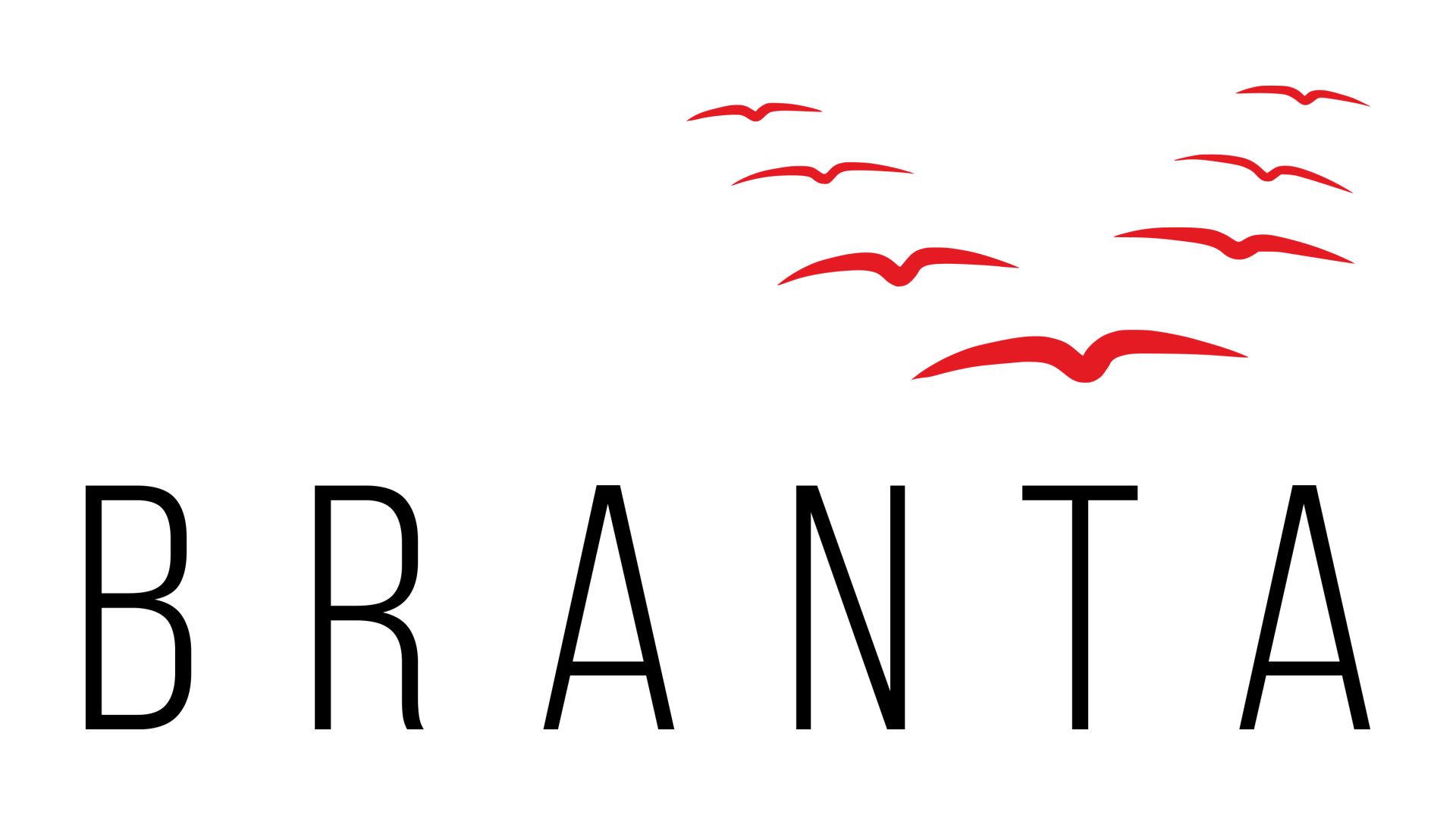Turbulent Times in the UK Construction Industry: Is Recovery on the Horizon?
The construction industry is battling rising costs, tight margins, and increasing insolvencies, with even major players feeling the strain. What’s behind the turmoil, and is recovery within reach? Explore the challenges and opportunities shaping the sector’s future.

The construction industry has had a rough ride in recent years, battling rising costs, tight margins, and economic turbulence. With a notable rise in insolvencies - 4,310 construction firms went under in the year leading up to August 2024, marking a 1.1% increase from the previous year and a striking 33.9% surge since pre-pandemic 2019 - the sector is feeling the strain. The list of casualties spans all facets of the industry, from groundwork and facades to fit-out contractors and road sweepers.
Significant players like Corbyn, ISG, and Beck Interiors have been forced out, underlining the severity of the pressures facing construction firms today. But what are the root causes, and is there any hope for recovery?
Here, we break down the underlying factors contributing to the sector’s turmoil and assess the potential for a brighter future.
The Pressures Squeezing Construction Firms
The factors pushing construction firms into insolvency are multifaceted, but some key themes emerge consistently across the industry:
Rising Costs and Thin Margins
Construction companies have long operated on razor-thin margins. The recent surge in inflation has driven up the costs of materials, labour, and equipment. While some industries have managed to pass these increases along to customers, construction firms, bound by fixed contracts and competitive bidding practices, often lack the flexibility to do so. With margins already slim, this inflationary squeeze has proven disastrous for many.
Unpredictable Project Costs and Overruns
The nature of construction work leaves it vulnerable to delays and budget overruns. A project running over budget due to unforeseen issues, like delays in material delivery or changes in labour availability, can quickly turn a profitable job into a financial black hole. Many companies entered 2024 with projects that have proven less profitable than anticipated, leading to mounting losses.
Contract Terms
Draconian contract terms have become increasingly common, with clients offloading as much risk as possible on to contractors. These contracts place the burden of cost overruns on the contractor, leaving them exposed when projects encounter difficulties.
Performance Bonds
Once a cornerstone of risk management in construction, performance bonds have become nearly impossible to secure in today’s challenging market. With insurers and guarantors tightening their criteria amidst widespread sector instability, many firms - both contractors and clients - are left exposed to greater risk.
For contractors, the absence of a performance bond means a higher burden to prove financial and operational reliability, which can make winning new contracts more difficult. On the client side, this lack of security heightens the stakes, as they may face greater difficulty recovering losses or ensuring project completion if a contractor fails. This shift necessitates stronger due diligence and alternative mechanisms to mitigate risk for both parties, further complicating already strained relationships.
Cashflow Challenges
Some financiers have reined in their support, with tighter lending requirements and less appetite for risk in the industry, leaving contractors without essential cash flow when they most need it.
Chain Reaction from Other Insolvencies
In the tightly interconnected construction ecosystem, one firm’s failure often has a knock-on effect on others. As companies up and down the supply chain go under, their suppliers, subcontractors, and clients often find themselves suddenly out of pocket. The fallout spreads quickly, creating a domino effect of financial instability.
Recent Performance and Output Indicators
Despite the bleak headlines, there have been pockets of growth in the construction industry. According to the Office for National Statistics, construction output in August 2024 increased by 0.4%, following a similar decline in July. This growth was driven primarily by a 1.6% increase in new work, even as repair and maintenance fell by 1.0%.
Breaking down these figures, private housing and commercial new work saw notable increases, rising by 3.4% and 2.2%, respectively. Over the three months leading to August 2024, construction output rose by 1.0%, thanks again to a solid performance in new projects. However, these numbers must be taken with caution - growth in output doesn’t necessarily equate to growth in profitability, especially if companies are taking on work at unsustainable prices or carrying debts from previous projects.
Are Brighter Days Ahead?
With the challenges clear, what does the future hold for the construction industry? Encouragingly, a few signs point toward potential improvement, though many challenges remain.
Shifts in Interest Rates and Developer Confidence
Interest rates are a double-edged sword for the construction industry. Rising rates can dampen investment, but the recent signals of stabilisation and more potential rate cuts in the near future could bring relief to developers and contractors alike. With major economic uncertainties such as elections and budgets now resolved, developers may be more inclined to proceed with projects that were previously stalled.
Opportunities in the Wake of Insolvencies
Ironically, the wave of insolvencies has created new opportunities in the form of stalled projects. These contracts, once held by now-defunct firms, are up for grabs, offering fresh chances for companies with stable finances and capacity to step in. However, it remains to be seen whether enough firms have the financial backing and skilled workforce to take advantage of these opportunities.
Lowering Costs and Selective Bidding
Another positive trend is the recent moderation in material costs. While prices are still high, the pressure appears to be easing slightly. Combined with a newfound caution in project selection, contractors are beginning to prioritise profitability over mere turnover. While this approach may initially result in lower revenues, the focus on higher-margin work could set firms on a more sustainable path in the long run.
Lingering Obstacles to Overcome
For all the positive signs, serious challenges persist, and these will not vanish overnight.
Labour Costs and Shortages
The labour shortage in the construction industry has been a long-standing issue, exacerbated by Brexit and pandemic-era disruptions. Skilled workers remain in short supply, pushing up labour costs and making project timelines harder to manage. So whilst material costs have decreased, labour costs continue to increase.
Cash Flow Constraints
Many firms still face cash flow problems, often compounded by the fact that clients are increasingly enforcing strict payment terms or taking hard lines with monthly valuations. These delayed payments can strain a contractor’s resources, especially if they are working on multiple projects with stretched payment schedules.
Financiers’ Reluctance and Risk Aversion
Even as some costs stabilise, the reluctance of banks and other lenders to extend credit remains a sticking point. After witnessing the sector’s high insolvency rates, many financiers are hesitant to support companies with perceived risk. This aversion to lending limits contractors' ability to scale up operations or invest in needed resources, which hampers their capacity to take on larger, potentially profitable projects.
The Challenge of Being More Selective
Many firms now realise the importance of careful project selection to avoid the “race to the bottom” that has plagued the industry for years. However, this strategy requires a difficult balancing act; while picking high-margin work is wise, too much selectivity could lead to lower overall turnover, which, in turn, may not generate enough revenue to cover fixed operating costs.
Final Thoughts: A Cautious Path Forward
The UK construction industry finds itself at a crossroads. For companies willing to adapt, focus on profitable projects, and carefully navigate financing constraints, there is a potential pathway out of the current gloom. As interest rates potentially ease, and as more selective bidding practices take hold, we may see a gradual stabilisation.
That said, it’s unlikely that the sector will see a full return to “business as usual” anytime soon. The long-standing structural issues around contract terms, labour availability, and slim profit margins will continue to demand careful management. Firms that survive will be those who find ways to adapt to these conditions, embracing new efficiencies, careful project selection, and a sharp focus on profitability over sheer volume.
Self-Test: Key Questions for Construction Business Owners
- Have we accurately reviewed our project selection criteria to focus on profitability rather than turnover?
- Are we factoring inflation and potential project delays into our contract terms to protect our margins?
- Do we have contingencies in place to deal with any potential supplier or subcontractor insolvencies?
- Are we maintaining strong relationships with financiers to ensure we have access to necessary cash flow?
These questions are essential for any construction firm aiming to stay ahead in a challenging market. As the sector stabilises, now is the time for careful assessment, strategic planning, and deliberate actions to build a resilient, profitable business.
At Branta, we specialise in guiding businesses through challenging markets. Whether you’re navigating tight margins, seeking financing solutions, or planning strategic growth, our expertise in corporate finance can help you secure a stronger future. Contact us today to discuss how we can support your goals and build resilience into your business strategy.




